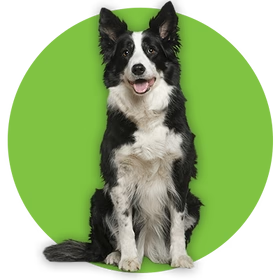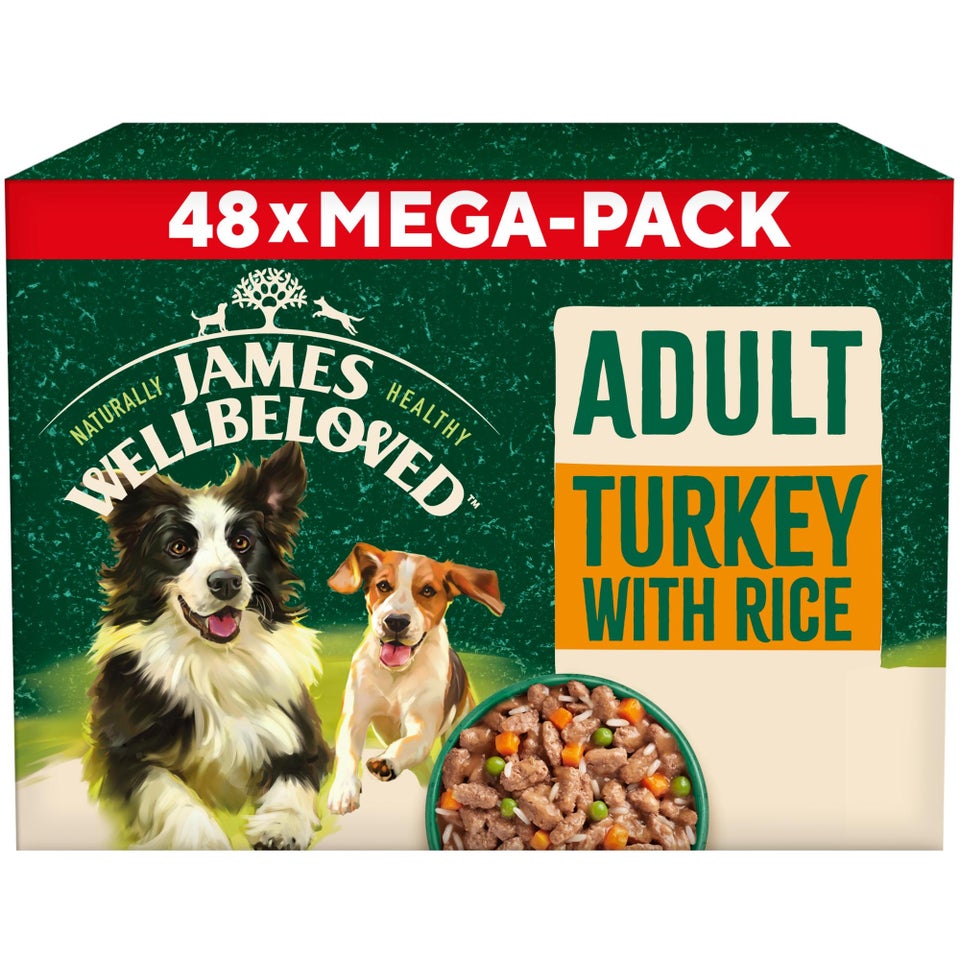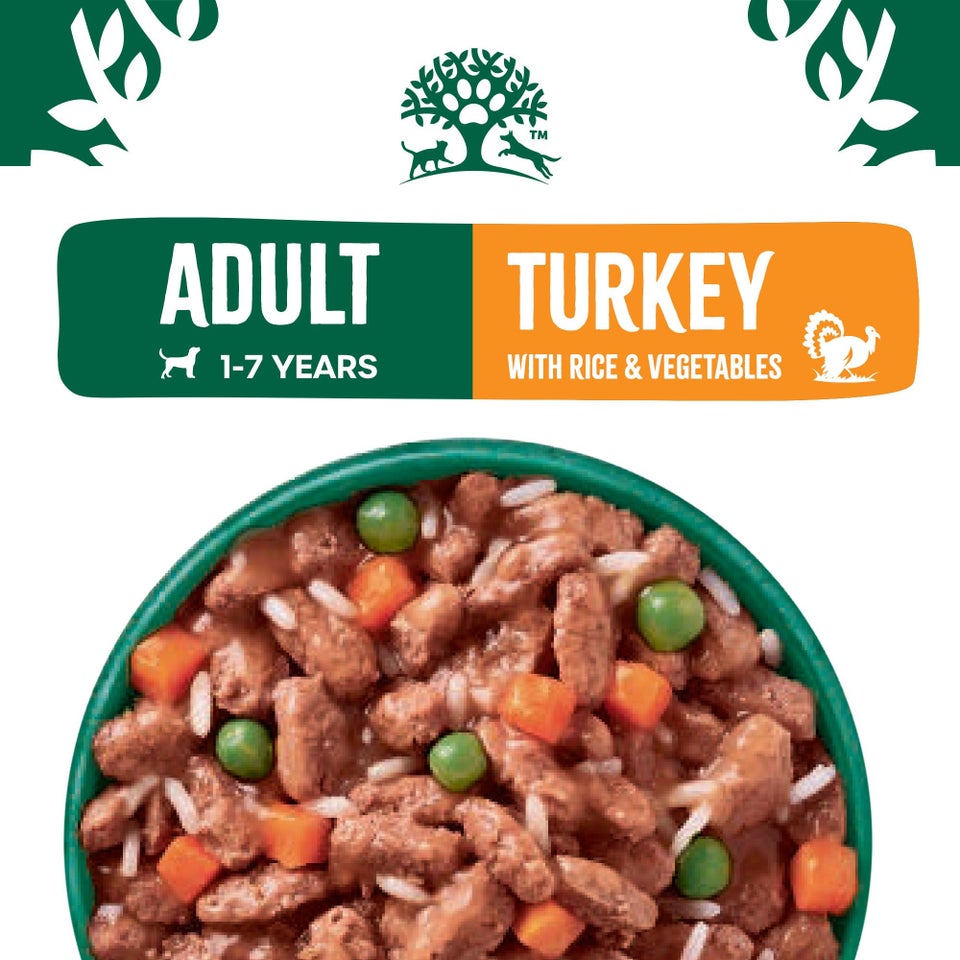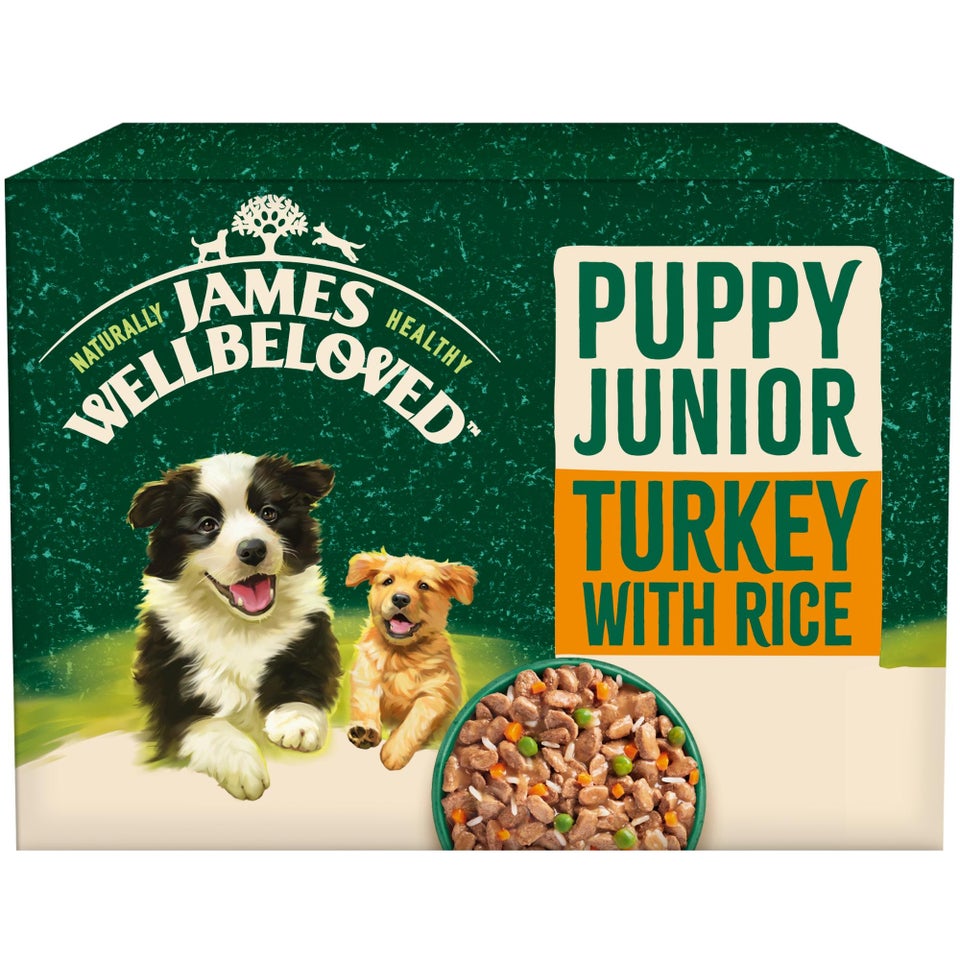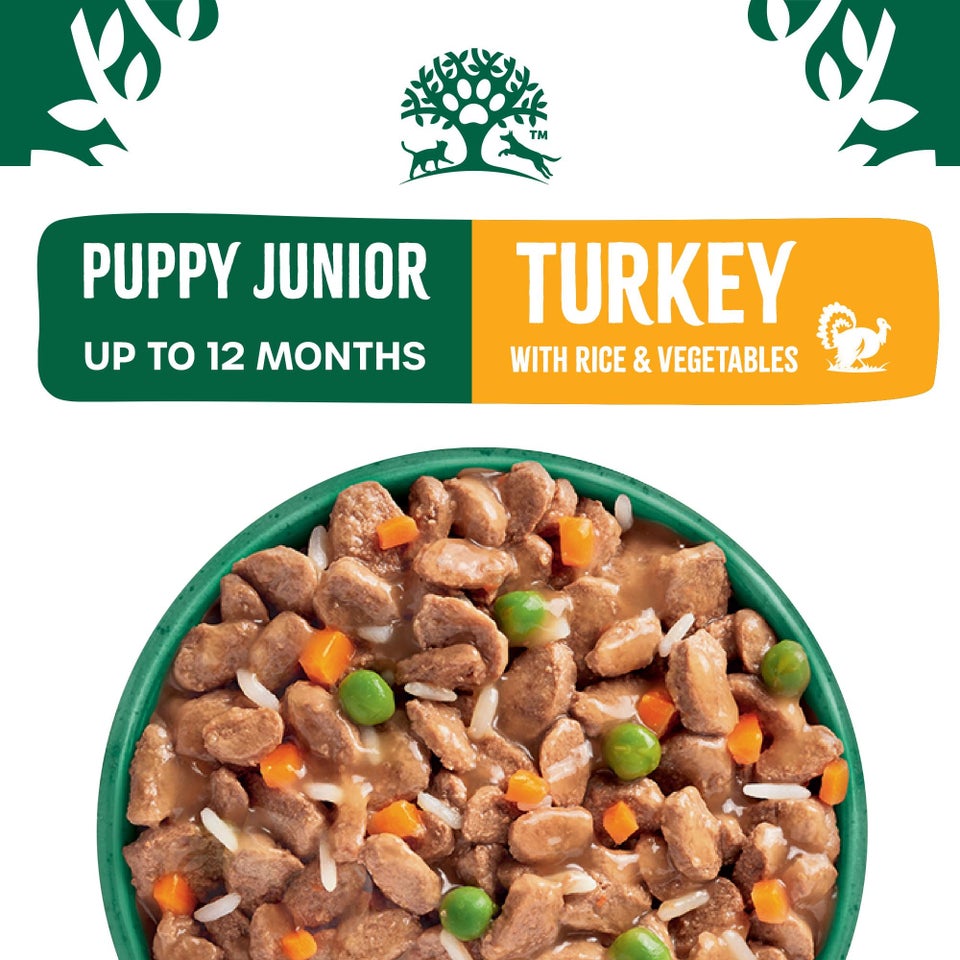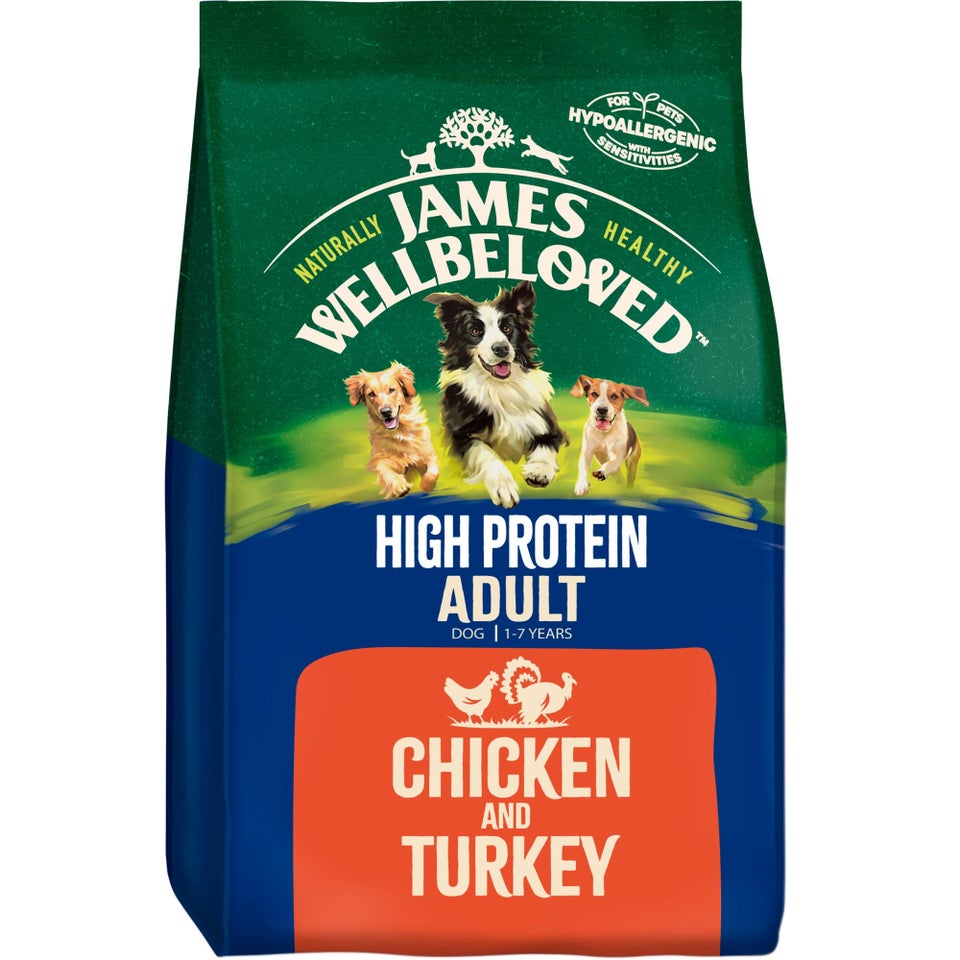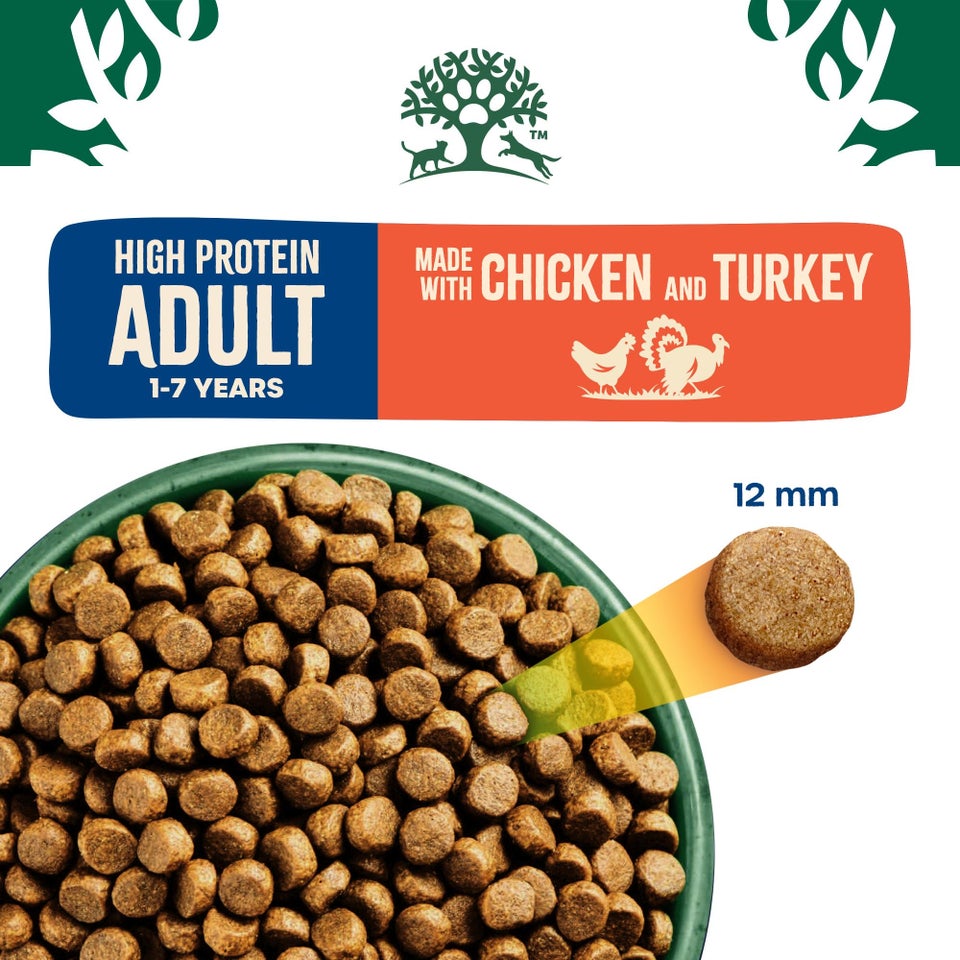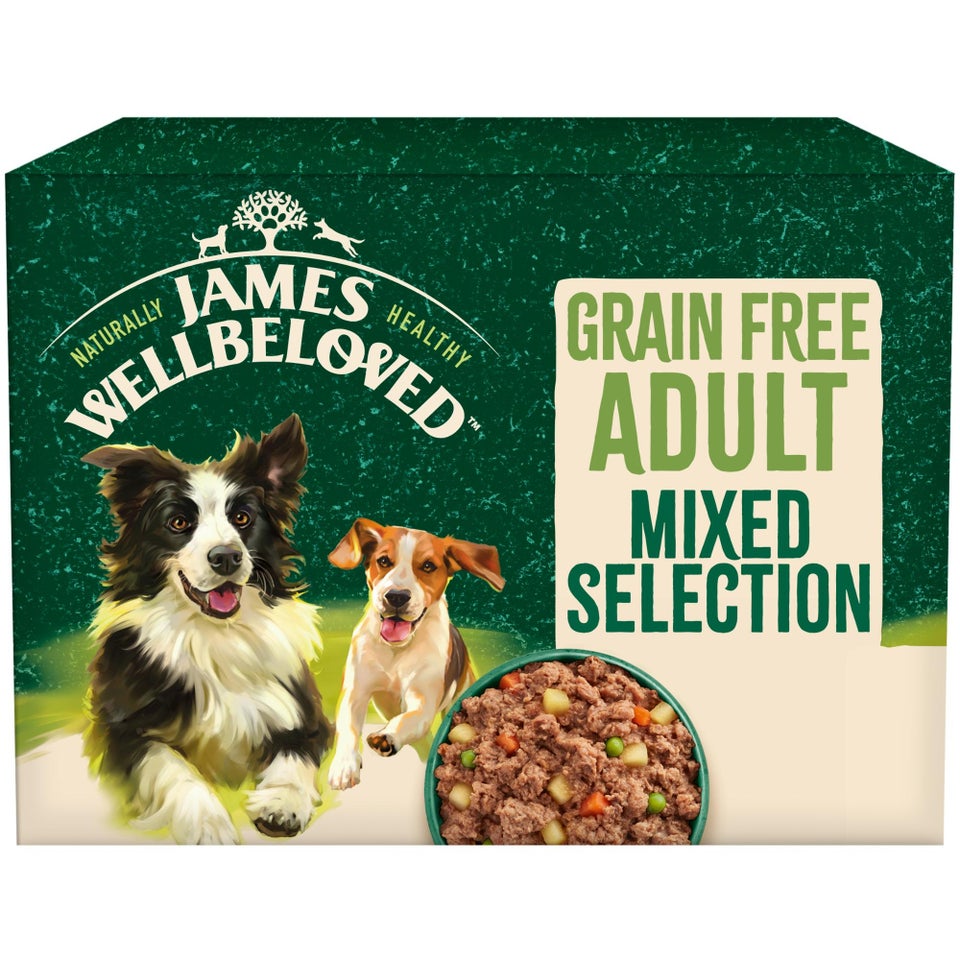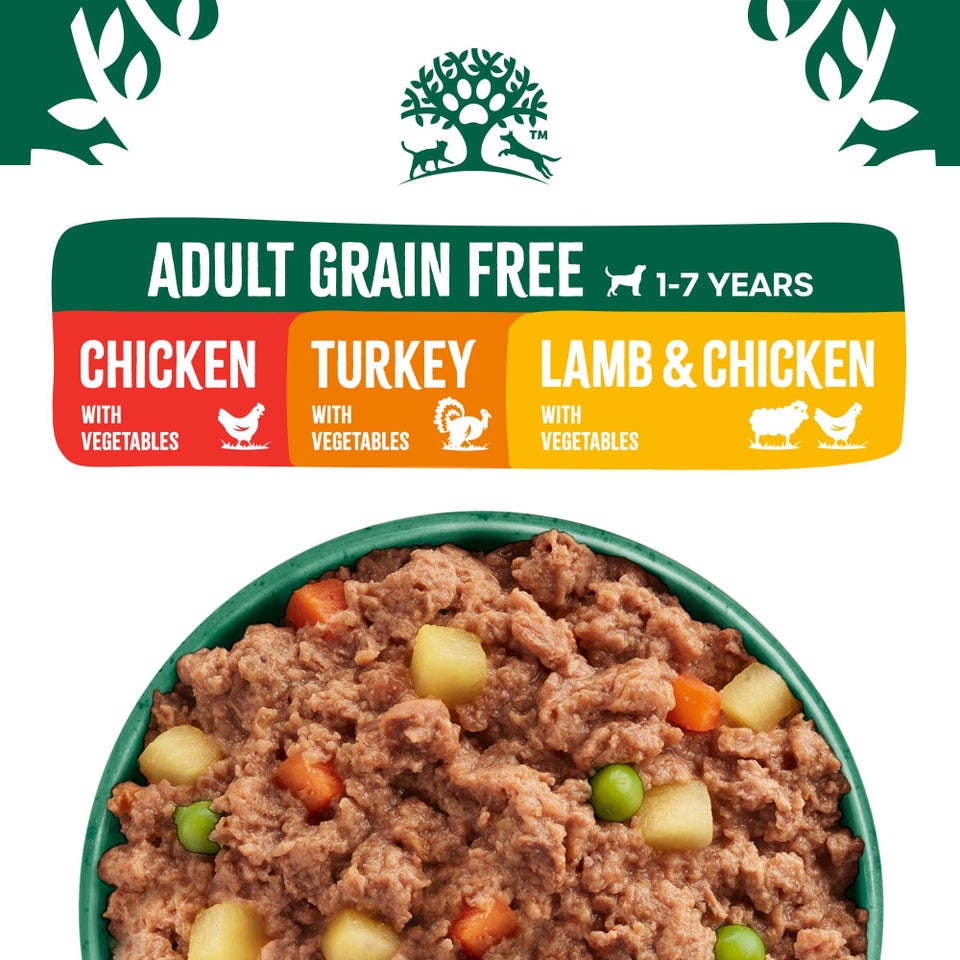
JAMES WELLBELOVED™ DOG FEEDING GUIDES
Our handy feeding guides for every dog, at every age.
SELECT YOUR LIFESTYLE GUIDE
Confused about the what, how much, and when of feeding your dog? Got a brand-new puppy? Or are you wondering how to best support your senior dog? You’ve come to the right place!
We’ve put 30 years of experience, research and learning into creating delicious, naturally healthy recipes for every dog, to help them eat better and live better, for life.

